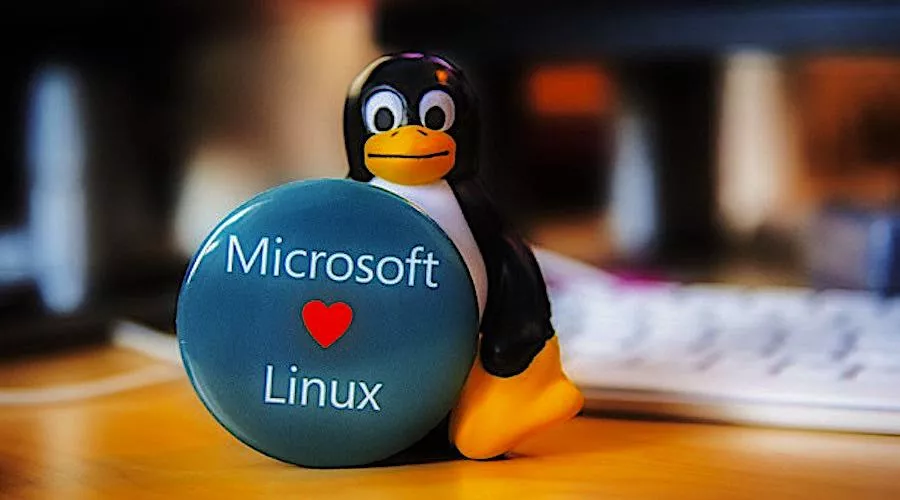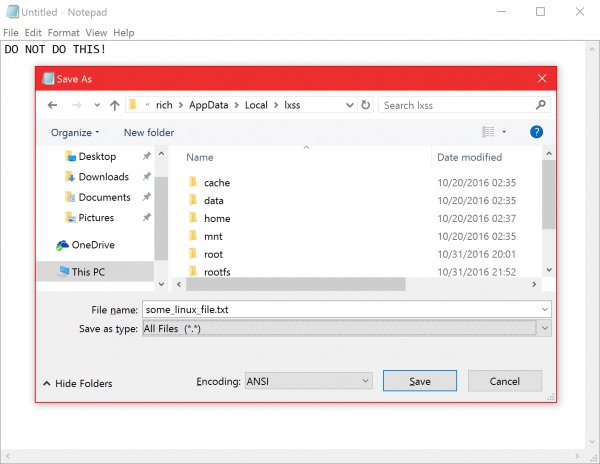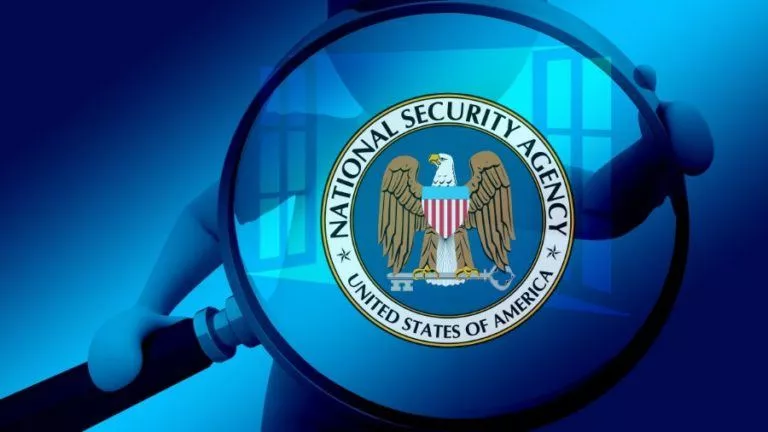Microsoft’s Warning — “Don’t Change Linux Files In Windows”

Short Bytes: Microsoft has advised Windows 10 users to avoid altering Linux subsystem files using Windows tools, app, consoles etc. This might result in the loss of metadata, making the whole Linux environment corrupt. The company advises you to access files on your Windows filesystem from within Bash.
In its Windows 10 Anniversary Update, Microsoft introduced Linux subsystem, WSL, for Windows. This allowed the developers to use Bash on Ubuntu on Windows 10. Since then, the Linux subsystem has been updated with Ubuntu 16.04 and useful tools like Tmux.However, Microsoft’s Linux endeavor is still in its initial phase. In a new blog post, the company has pointed out some technical limitations when it comes to dealing with Windows tools used for changing Linux files.
Microsoft’s advisory states that the Windows 10 users MUST NOT change Linux files using Windows apps, tools, consoles, scripts, etc. “under any circumstances”. From “Linux Files”, Microsoft means content under %localappdata%\lxss–which is where Linux filesystem is stored.
Doing so may result in data corruption and/or damage to the Linux environment installed in Windows 10. The users will need to reinstall their distro.
DON’T MODIFY CONTENTS OF %LOCALAPPDATA%\LXSS
Why is Microsoft stopping you from changing Linux files?
File metadata representation is different in Windows and Linux. As Linux subsystem files are stored in an NTFS folder in Windows 10, WSL calculates and stores Linux metadata in NTFS extended attributes. But, Windows apps and tools don’t know how to deal with this metadata each time they change files stored in %localappdata%\lxss.
So, if one will use some app/console/tool to create or change any file, it won’t be having any metadata. As a result, WSL will assume that the file is corrupted and it won’t work properly.
Microsoft advises the developers to access the Linux subsystem files from within Bash. “WSL honors the NT filesystem behaviors (e.g. case-insensitivity), permissions, etc. so you can easily access the same files using both Windows tools and Bash tools without having to copy files back and forth between filesystems,” Microsoft adds.
For more information, you read Microsoft’s blog post.
Also Read: How To Find If Someone Logged Into Your Windows PC At A Given Time?






